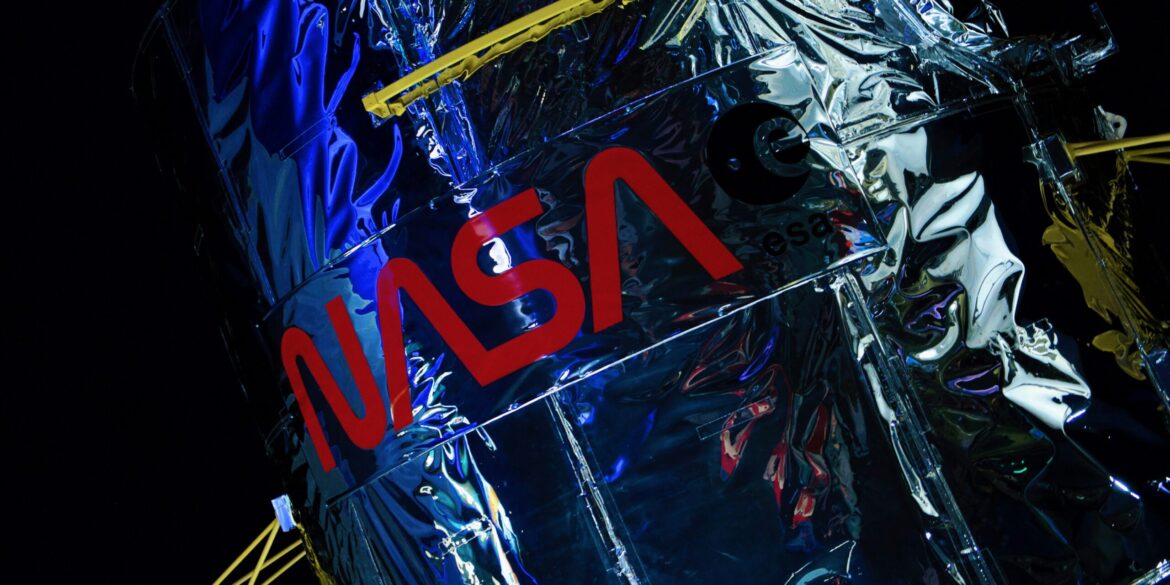On July 19, NASA’s Marshall Space Flight Center welcomed hundreds of North Alabama residents to a free, family-friendly celebration marking the center’s 65th anniversary. Held at the scenic Orion Amphitheater on the afternoon of July 19—from noon until 5 p.m.—the event offered attendees a vibrant mix of astronaut appearances, hands-on STEM exhibits, and live engineering demonstrations.
The center’s director, Joseph Pelfrey, captured the spirit of the day during opening remarks at 12:30 p.m., expressing his gratitude for the unwavering support of the local community. “Our success has been enabled by the continuous support we receive from Huntsville and the North Alabama communities, and this is an opportunity to thank community members and share some of our exciting mission activities,” he said.
A focal point of the event was the chance to meet real astronauts from Expedition 72, who recently returned from the International Space Station (ISS). The crew members—Suni Williams, Butch Wilmore, Don Pettit, Nick Hague, alongside Russian colleagues—contributed more than 1,000 combined hours in orbit dedicated to scientific research and technology demonstrations.
Read Also: https://empirestatereview.com/nasas-parker-solar-probe-images-suns-surface-like-never-before/
Attendees got personal with the spacefarers during a moderated session where astronauts shared first-hand stories of daily life in orbit, research breakthroughs, and the challenges of long-duration spaceflight. Pelfrey reflected on the connection between Marshall’s engineers and its astronaut community, noting, “Every day, our Marshall team works to advance human spaceflight and discovery, such as working with our astronauts on the International Space Station.” He added, “We are honored Expedition 72 crew members will join us to help commemorate our 65‑year celebration.”
Established on July 1, 1960, from personnel and facilities inherited from the Army Ballistic Missile Agency at Redstone Arsenal, NASA’s Marshall Space Flight Center has played a foundational role in U.S. space exploration. In its early years, the center developed and tested launch vehicles that powered Mercury, Gemini, and Apollo missions—including the iconic Saturn V rocket that carried astronauts to the Moon.
Throughout the 1970s and 1980s, Marshall led propulsion development for Skylab, the Space Shuttle program, and contributed to pioneering scientific instruments such as those onboard Hubble and Chandra. By the 1990s and 2000s, its contributions included ISS modules, Gravity Probe B, Earth-science missions, and geospatial systems.
In the last two decades, the center has taken up oversight of NASA’s deep-space ambitions. It guided the Space Launch System (SLS) through booster tests and the uncrewed Artemis I launch in November 2022, while also supporting scientific instruments like IXPE, and managing commercial partnerships around Starlab.
The celebration was more than a reflection—it was a testament to community partnership. Local and regional leaders have consistently supported the center’s role in uplifting Huntsville. Just days ahead of the anniversary, Rep. Dale Strong and Alabama’s Congressional delegation submitted a bipartisan resolution praising MSFC as “a pillar of North Alabama” and emphasizing that “the road to space runs straight through the Rocket City.”
This anniversary comes at a critical juncture. As NASA transitions from the era of the Space Shuttle to Artemis and eventual crewed Mars missions, the Marshall Center is on center stage. It is currently supporting preparations for Artemis II, NASA’s next crewed lunar mission, while continuing to advance propulsion systems and conduct deep-space science.
Designed to engage all age groups, the open house featured an exciting blend of music, food vendors, and interactive STEM stations. Previous community events like “NASA in the Park” offered some 60 exhibits, science demonstrations, performances, and games. The anniversary added live engineering demos—possibly featuring rocket engine test equipment—and static displays of spacecraft models, robotics stations, and space science booths.
NASA Marshall also invited media to join an exclusive press session with astronauts and center leadership following opening remarks. In a note on July 16, the center’s Office of Communications said media would gather at 11:45 a.m. to be escorted to the stage, allowing reporters to ask questions about the center’s future projects.
At its core, the open house aimed to strengthen public enthusiasm for NASA’s mission and foster interest in science, technology, engineering, and mathematics. “Events like this demystify space missions and make the world of space exploration accessible to everyone,” one local article observed.
Interactive exhibits that highlight live solutions to real-world engineering problems—like those supporting climate monitoring, Mars travel, reusable rocketry, and biomedical space research—encourage students to envision their roles in future exploration.
As the celebration wound down late Saturday afternoon, Pelfrey captured the sentiment of the day: “We’re proud to call Huntsville, Alabama our home… Together, we are making history, driving American excellence, and reaching for the stars—and we’re just getting started.”
NASA’s 65th-anniversary celebration at Marshall Space Flight Center was more than a commemoration of past success—it was a vibrant platform projecting the agency’s commitment to future missions, scientific discovery, and community partnership. With Artemis II on the horizon and deep-space science underway, the legacy of the center continues to expand, shaped as much by rockets as by the people and communities that power them.

